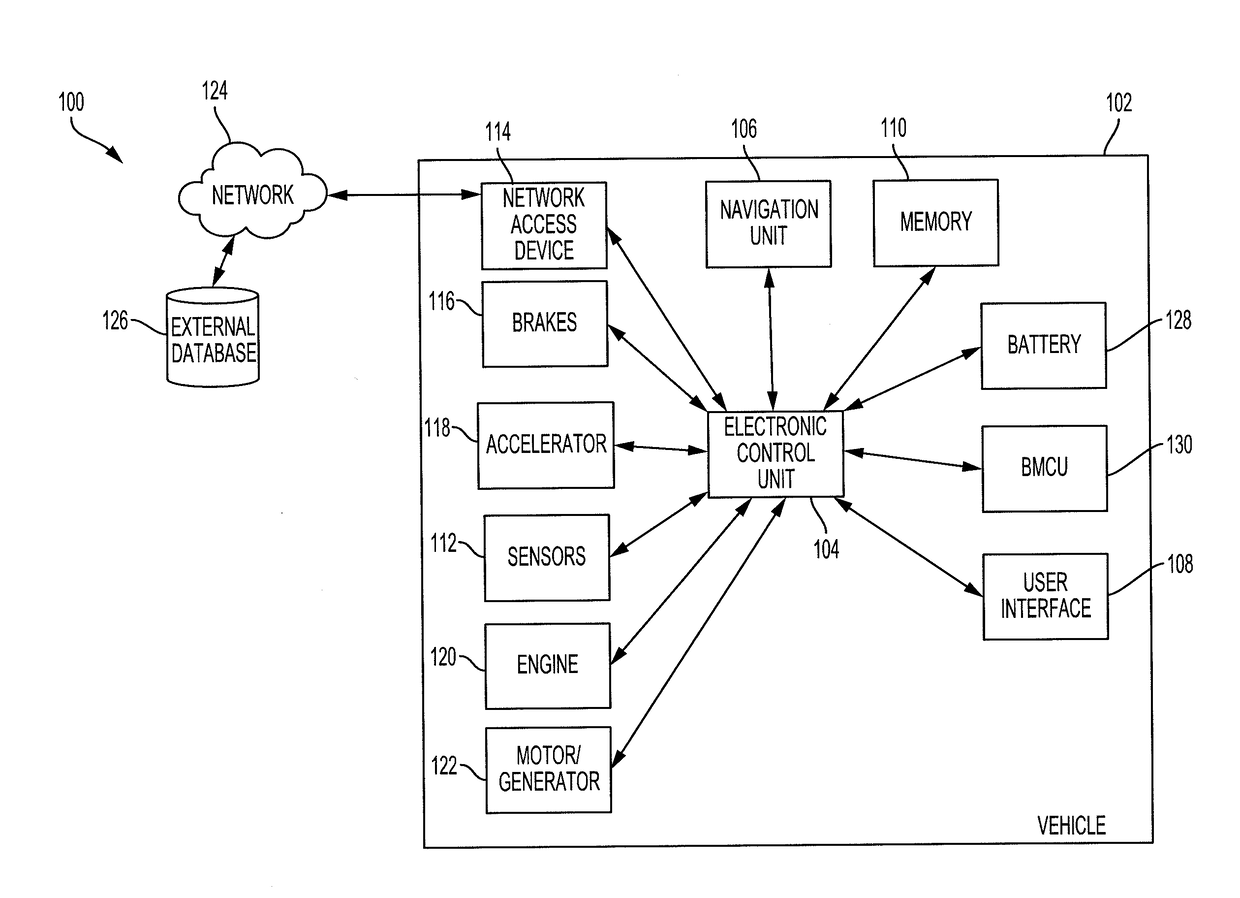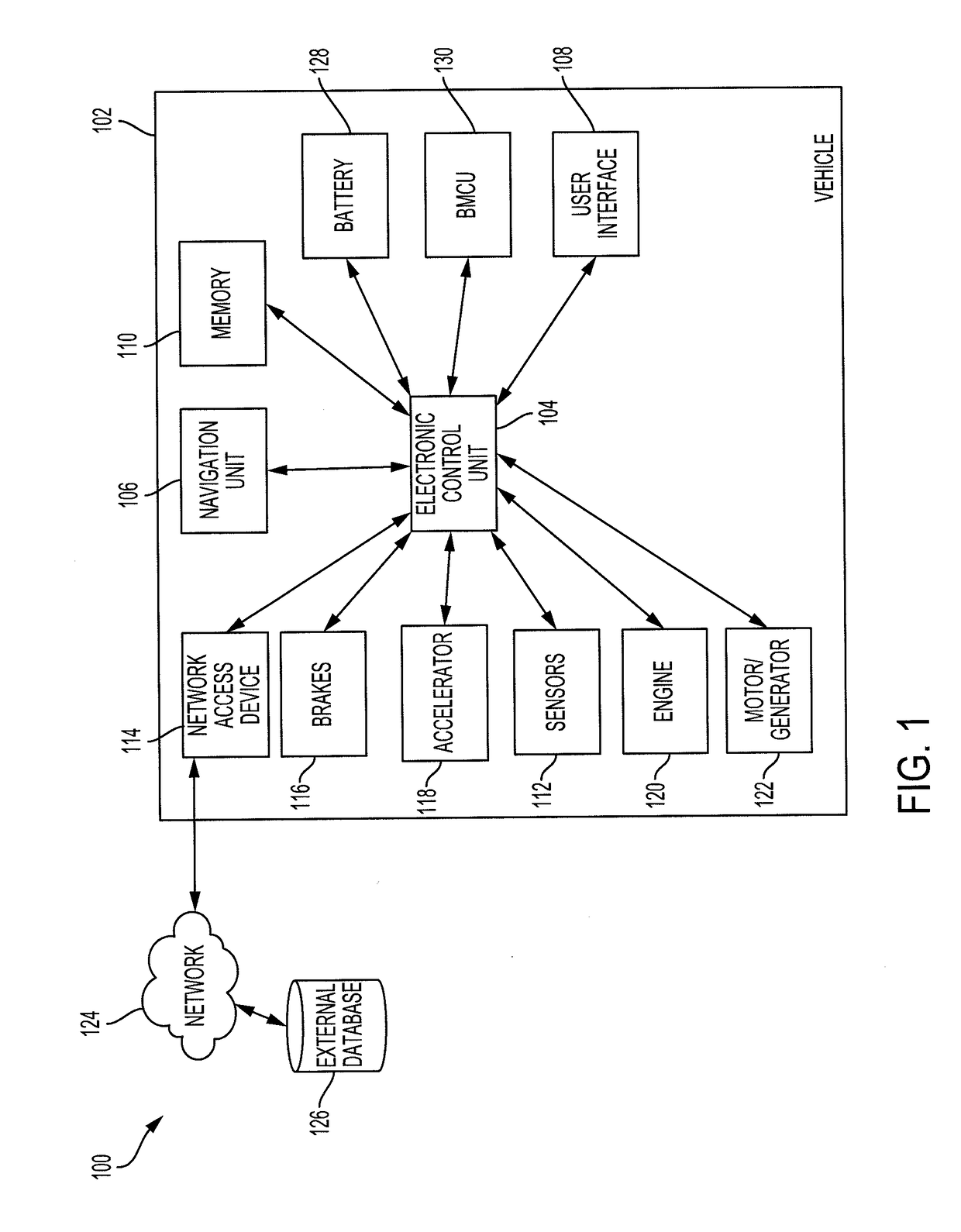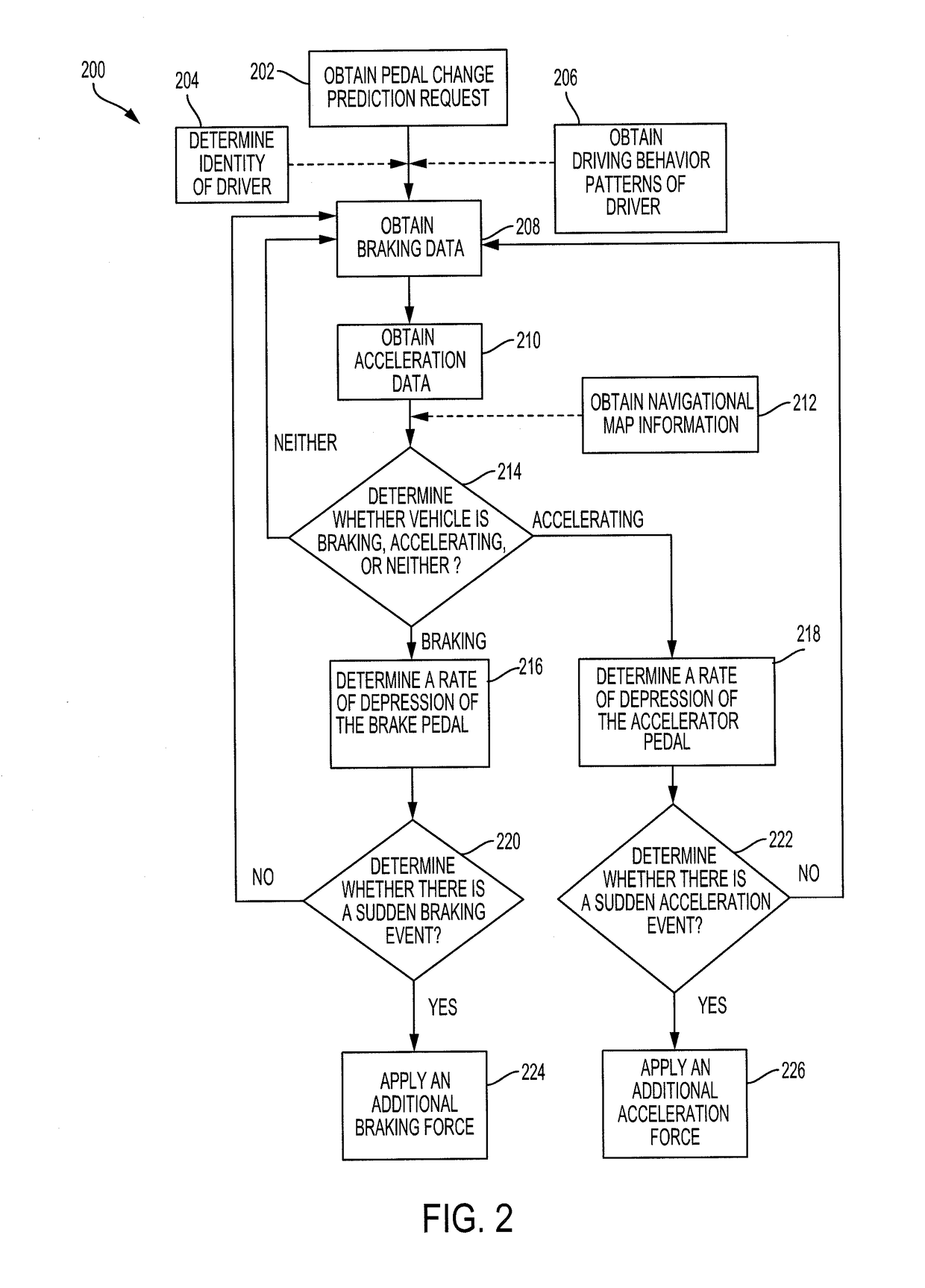Learning driver rate of pedal change
a technology of driver rate and pedal change, applied in the direction of brake system, brake component, transportation and packaging, etc., can solve the problems of driver being forced to stop or accelerate, driver encountering many obstacles, driver may need to suddenly brake or accelerate,
- Summary
- Abstract
- Description
- Claims
- Application Information
AI Technical Summary
Benefits of technology
Problems solved by technology
Method used
Image
Examples
Embodiment Construction
[0018]Disclosed herein are systems, vehicles and methods for controlling the brakes and accelerator to predict a driver's intention to change the position of the brakes and accelerator. Particular embodiments of the subject matter described in this specification may be implemented to realize one or more of the following advantages. A pedal change prediction system operates the brakes and / or the accelerator to reduce the response time to fully engage the brakes or the accelerator. The pedal change prediction system predicts when the driver intends to press either the accelerator pedal or the brake pedal all the way down. In response, the pedal change prediction system preemptively causes the associated action, such as fully engaging the throttle or brake. This facilitates a quicker implementation of a driver's intention.
[0019]Other benefits and advantages include adjusting the associated action based on the surrounding environment. By recognizing the surrounding environment, the peda...
PUM
 Login to View More
Login to View More Abstract
Description
Claims
Application Information
 Login to View More
Login to View More - R&D
- Intellectual Property
- Life Sciences
- Materials
- Tech Scout
- Unparalleled Data Quality
- Higher Quality Content
- 60% Fewer Hallucinations
Browse by: Latest US Patents, China's latest patents, Technical Efficacy Thesaurus, Application Domain, Technology Topic, Popular Technical Reports.
© 2025 PatSnap. All rights reserved.Legal|Privacy policy|Modern Slavery Act Transparency Statement|Sitemap|About US| Contact US: help@patsnap.com



